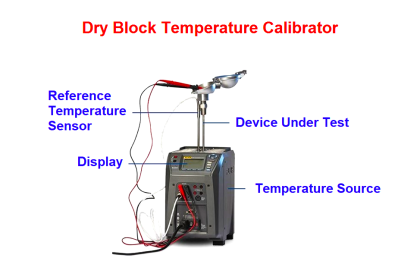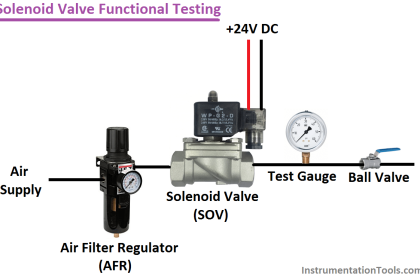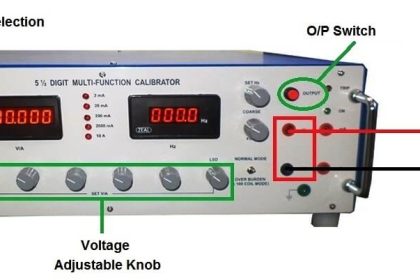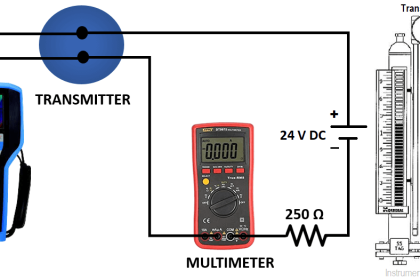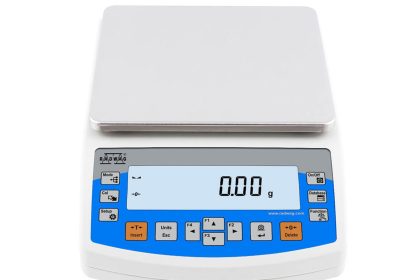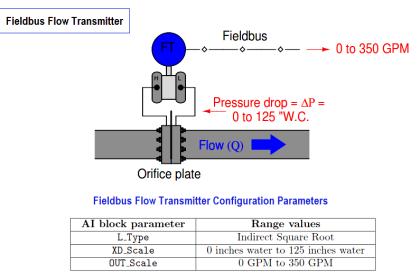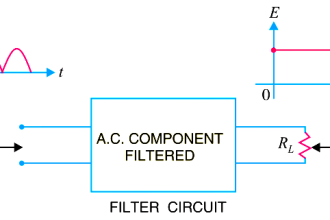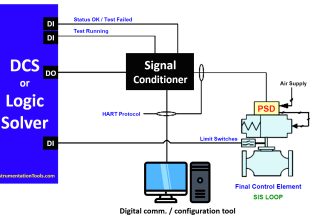Dead weight testers are devices used to generate known amounts of fluid pressure, to be used as standards for calibrating pressure-measuring instruments. When properly configured and operated, the fluid pressure generated by a deadweight tester will be exactly what it should be, and this precisely-known pressure may then be used to test the accuracy of any pressure-sensing instrument.
Dead Weight Tester
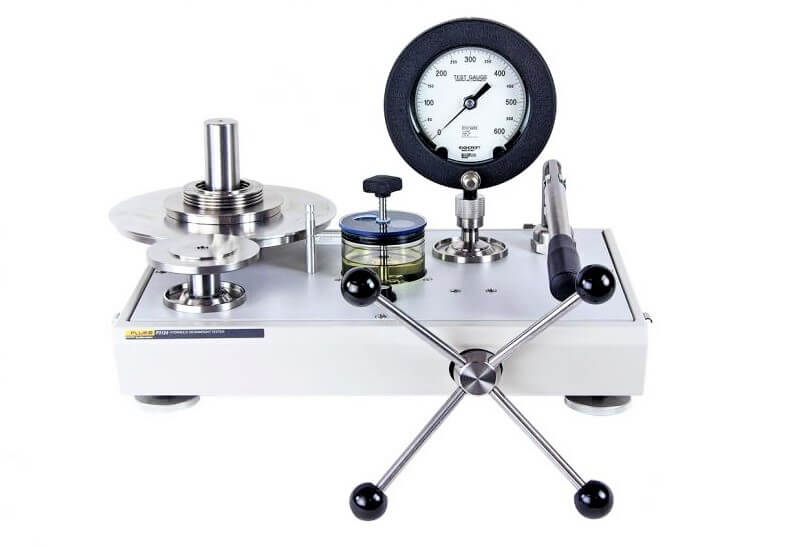
Information on how to use a deadweight tester may be found in the textbook, on the YouTube channel, and also in manufacturer’s literature for the deadweight testers themselves. You are expected to read the written documentation before using a deadweight tester.
Of the various mistakes we tend to make when demonstrating the use of a deadweight tester, the most common and most serious fall into two categories:
- Failing to read the manufacturer’s literature on the tester prior to using it, and
- Misunderstanding the purpose of a deadweight tester when coupled to a pressure gauge.
These two mistakes are so common that they deserve ample warning ahead of time.
The first mistake is caused by a tendency to take shortcuts, relying on colleague’ advice and easy-to- watch videos rather than taking the time to actually read the manual. You will find that reading the manual is an essential step for all the work we do in Instrumentation, so get used to it now!
The second mistake is caused by an over-reliance on the pressure gauge to indicate the fluid’s true pressure. Remember, the purpose of a deadweight tester is to produce a highly accurate fluid pressure against which we may test a gauge or other pressure instrument. If you correctly operate a deadweight tester and the gauge fails to register the correct pressure, it is the gauge’s fault and not the deadweight tester’s fault!
I’ve lost count of the number of times I’ve requested a student to apply 400 PSI to a gauge using a deadweight tester, and then the student thinks they’ve done something wrong with the deadweight tester when the gauge registers 395 PSI instead. The student then adjusts the deadweight tester in vain to try to get the gauge to read 400 PSI, or worse yet they resort to improperly operating the deadweight tester until they force the gauge to read 400 PSI. In fact, the only way to make an out-of-calibration gauge register any specified pressure is to incorrectly use the deadweight tester!
Common Mistakes:
- Not understanding the operation of the device prior to trying to demonstrate it!
- Failing to bleed air out of the lines when setting up the tester.
- Not recognizing when the piston is “bottomed” or “topped” out, or why this matters.
- Not spinning the weights (gently!) to eliminate static friction on the piston.
- Removing weights from the piston while pressure still remains in the system.
- Not counting the weight of the piston’s plate when adding weights to achieve a desired pressure.
- Trusting the reading of the pressure gauge more than the deadweight tester (i.e. not realizing the purpose of using a deadweight tester to check a pressure gauge).
